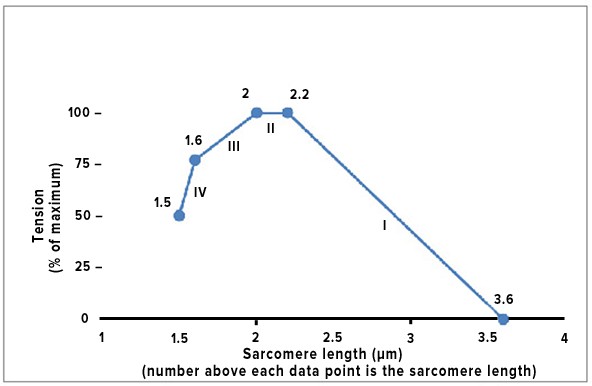Nitrogen is the most abundant element in the atmosphere, and a crucial component of proteins, vitamins, and nucleic acids. However, plants and other producers cannot use nitrogen in its natural form (N2)
Nitrogen has to undergo a process called nitrogen fixation. What does this process involve?
A) It is the synthesis of ammonia from nitrogen gas by certain bacteria.
B) Nitrate is converted to ammonia.
C) Ammonia is converted to nitrate.
D) It is undertaken by denitrifying bacteria.
E) Nitrogen is accumulated in dead organic matter.
A
You might also like to view...
An example of passive parental care is ____
a. nutrients that cross the placenta b. nursing c. nurturing
d. the nest environment e. protection from predators
The sliding filament model for muscle contraction can be studied using an isolated skeletal muscle that is fixed at each end, while a machine records the tension that is generated when the muscle is stimulated to contract. In one particular muscle tested, the length of the thick filaments was 1.6 ?m, and the length of the thin filaments that project in from each Z line toward the center of the sarcomere was 1.0 ?m. A summary of the results comparing sarcomere length to the degree of tension produced during contraction is shown below. What most likely explains the difference between segment II and segment III of the graph?
A. There is an increasing overlap of the free ends of the thin filaments in segment III but not in segment II. B. The distance between the Z lines is constant in segment II but rapidly increasing in segment III. C. Fewer myosin cross-bridges are forming in segment II than in segment III. D. The muscle cells used up all the ATP by the end of segment II. E. The length of the thin filaments is decreasing in segment III but not in segment II. F. The length of the thick filaments is decreasing in segment III but not in segment II.
Plasma cells come from
a. T cells. b. dendritic cells. c. B cells. d. macrophages. e. monocytes.
Which is a benefit of sexual reproduction over asexual reproduction?
a. More offspring can be produced. b. The offspring are all identical to the parents. c. There is less variation from generation to generation. d. Evolution will occur at a slower rate when there are two parents. e. The interaction of the genes from both parents brings about genetic variatio